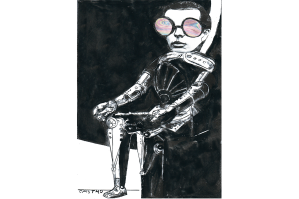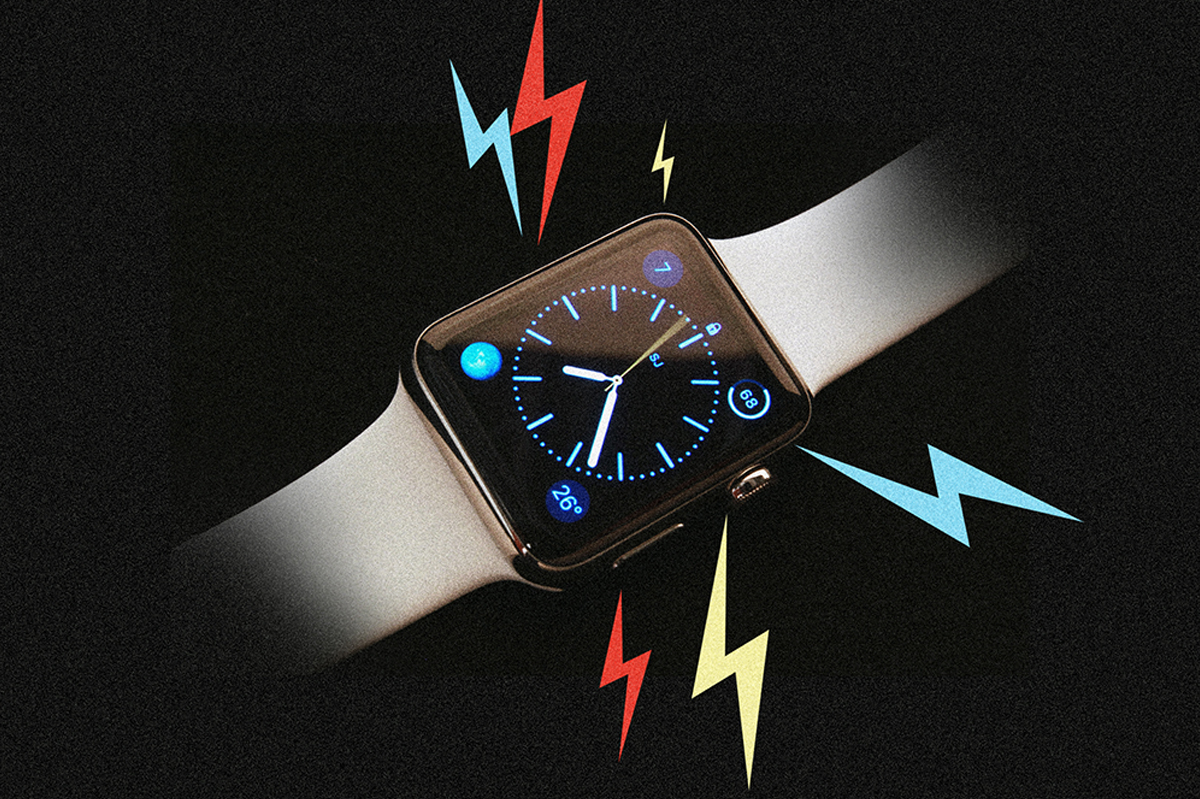There is a famous chart which shows the time it took for various technologies to be adopted by 50 million people. From its introduction, the telephone took 75 years to reach 50 million users. For radio, it was 38; for television, 13; for the world wide web, merely four.
Online services are faster still. Facebook reached the 50 million mark in two years, YouTube in 10 months, Twitter in nine months. Pokémon Go reached the same watermark in 19 days — as did Pornhub. (For the benefit of the uninitiated, Pokémon Go was a 2016 augmented reality game where you used your phone to catch animated monsters; Pornhub is a helpful website which kindly reminds men to set their laptops to ‘mute’ after their wives have gone to bed, to avoid waking them.)
These figures are frequently used as evidence that the world is speeding up. But it takes only a little critical thought to realize that these are far from like-for-like comparisons. Some technologies are free and can be installed in minutes. Others require a large investment in new equipment (early televisions were hugely expensive) or need the development of other forms of technology before they can expand beyond a small ecological niche (video conferencing was long held back by the slow speeds of non-fiber broadband).
In many ways, technological progress is much more akin to the messy process of Darwinian evolution than to anything consciously designed. Sometimes this process is immediate; sometimes a technology lies dormant for years before experiencing a Cambrian explosion. There are very good ideas out there which have yet to become standard. Fridges and washing machines are near universal, but dishwashers reached 50 percent of American homes only in 1997 and have yet to reach this landmark in Britain.
In the case of the dishwasher, there may be a number of reasons that have nothing to do with the merits of the technology. Even a miserly landlord has to install a washing machine, but he can get away without buying a dishwasher: hence rented accommodation will drag the figure down. British homes mostly lack the basements or utility rooms where Americans typically site their enormous toploaders, leaving us less discretionary space in our kitchens once a washer and drier are under the countertop.
Surprisingly often, a technology is invented for one purpose and sits around for ages before someone finds a better use for it. Air conditioning was originally invented to protect paper from excess humidity in a factory. It was only when the owners noticed that in summer the workers chose to eat their lunch in the air-conditioned storage room that the inventor spotted the human application. (Movie theaters were the first non-industrial customers: people would crowd in to escape the summer heat, which is why the US still has the odd — to Brits — tradition of the summer blockbuster.)
My daughters recently told me of a lovely example where an existing technology has been adapted in Britain. Wetherspoon pubs have an app which lets you order and pay for drinks and food to be delivered to your table. It seems the young have discovered a new use for this: when they have birthdays, they publish their Wetherspoon table number on Snapgram and Instachat, and friends all over the world are encouraged to buy them drinks.
But another obstacle to the adoption of new technology is simple consumer inertia. I know this from my years spent marketing telecoms products. Even if you offer people fiber broadband for the same price as their far slower ADSL broadband, the majority turn it down. For every person who upgrades their mobile phone handset every 18 months, there is someone with a battered seven-year-old version who is entitled to a new phone but can’t be bothered. And Brits are comparatively venturesome with tech: in Germany CDs remained the most popular music format until last year and nearly 75 percent of financial transactions are in cash.
In reality, manufacturers often get the more Luddite half of the population to upgrade by a kind of compulsion. One way is by slowly making the old version of something unavailable. It is near impossible nowadays to buy a black-and-white or cathode-ray television. This long annoyed my father, who refused to buy a color television, and was forced to find replacement black-and-white sets from increasingly obscure sources (though being made to watch TV in black and white was nothing to the mental scars I carry from a childhood spent riding around in a Renault 4, the only car in automotive history whose occupants could arouse looks of pity from people in line for buses in the rain).
But the interesting thing is that, once my father succumbed to market pressure and got a TV with Sky, he suddenly acquired the zeal of a convert. Now Sky+ has no greater advocate among the retirees of the Wye Valley.
And this seems to me the defining quality of a great technology. It’s not how quickly people adopt it — but the fact that no one ever moves back. The dishwasher. The power shower. The soft-close toilet seat. The Philips Air Fryer. Contactless payment. Automatic transmission. All these will be resisted by many people for years — but having tried them, few revert. A lot of loudly trumpeted technologies fail this test. Contrary to what we expected when e-books appeared, we are now buying more printed books than ever. The tablet is not the all-conquering format I thought it would be. Even the growth in online shopping will soon stall.
But other technologies are a one-way street. And this, I think, is the significant question about the electric car. Does anyone who buys one ever go on to replace it with a gasoline model? So far, from statistical and anecdotal sources, the answer seems to be no. My brother and cousin both own them, and are evangelists. Indeed, as they both observe, most of the anxieties you have before buying one rapidly evaporate once you do. I can’t see either of them buying an internal combustion engine again.
The government plans to ban the sale of conventional cars in 2040. Alarmingly for the car industry, the transition may happen much faster than anyone expects.
This article was originally published in The Spectator’s UK magazine. Subscribe to the US edition here.


























